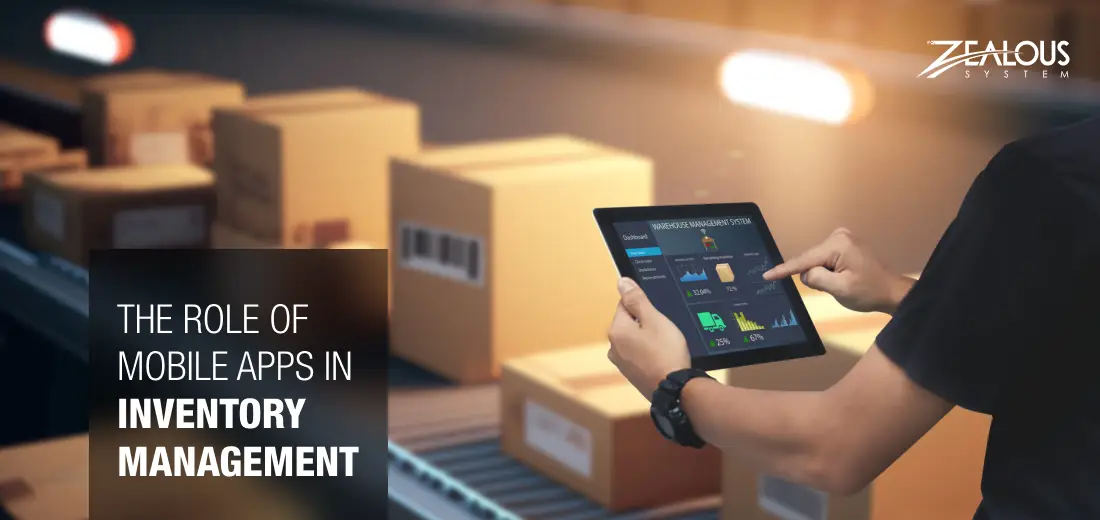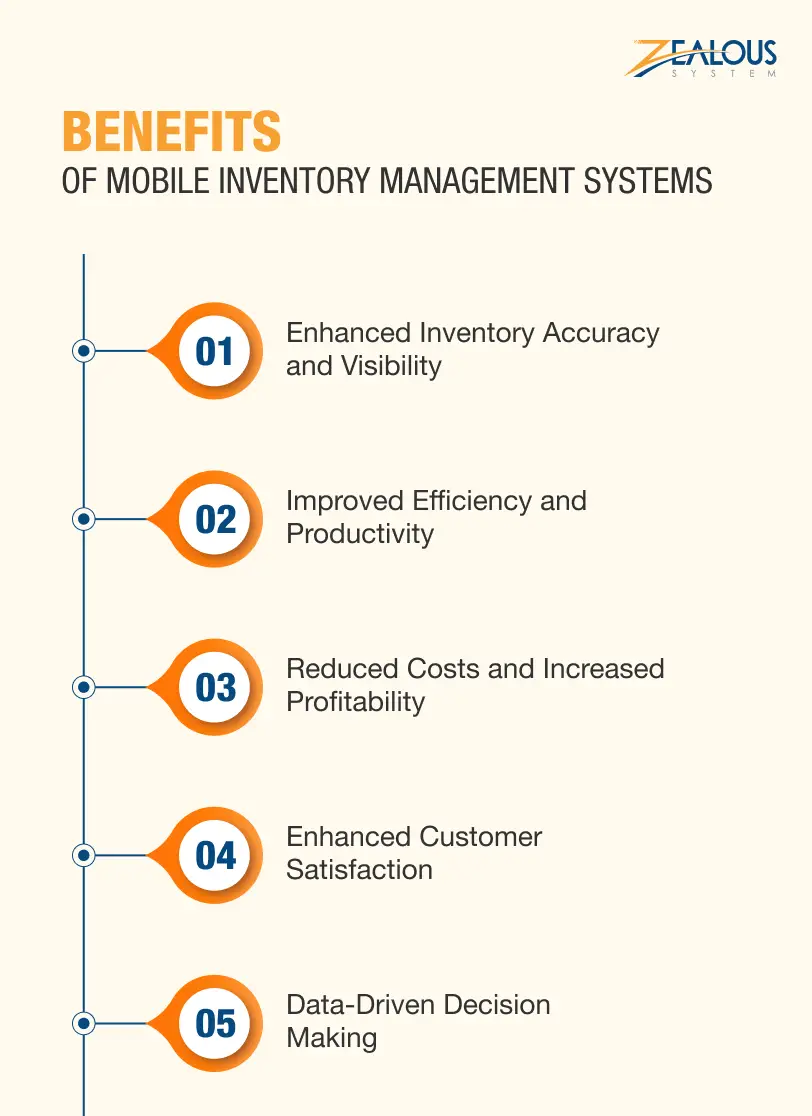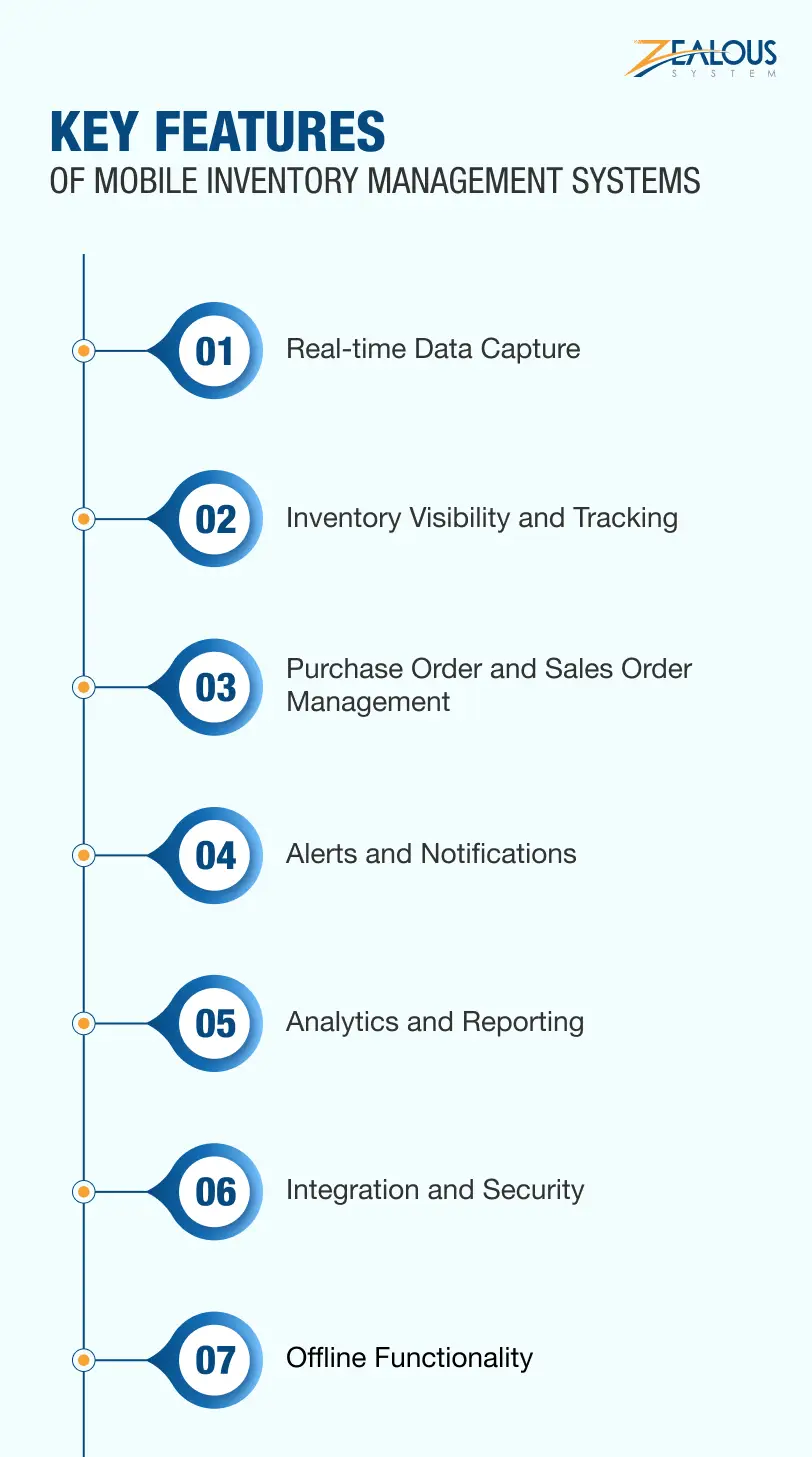
- Company
- Services
- UI/UX Design Services
- Microsoft Dynamics 365
- Mobile App Development
- AI Software Development
- Web App Development
- Generative AI Development
- Digital Product Development
- Enterprise Mobility
- SaaS Application Development
- Application Integration
- White-label WP Maintenance
- ERP Software Solutions
- Software Testing
- Offshore Development Center
- Let’s Connect
- Trending
- Technology
- Industry
- Build Your Team
- Our Work
- Company
- Services
- UI/UX Design Services
- Microsoft Dynamics 365
- Mobile App Development
- AI Software Development
- Web App Development
- Generative AI Development
- Digital Product Development
- Enterprise Mobility
- SaaS Application Development
- Application Integration
- White-label WP Maintenance
- ERP Software Solutions
- Software Testing
- Offshore Development Center
- Let’s Connect
- Trending
- Technology
- Industry
- Build Your Team
- Our Work
We use cookies and similar technologies that are necessary to operate the website. Additional cookies are used to perform analysis of website usage. please read our Privacy Policy
Mobile Inventory Management System: Features, Benefits and Process

In today’s fast-paced business world, efficiency is key. Businesses of all sizes are constantly looking for ways to improve their operations and stay ahead of the competition. One area where significant gains can be made is in inventory management.
Traditional paper-based inventory systems are slow, error-prone, and outdated. They require manual data entry, which is time-consuming and can lead to inaccuracies. In addition, paper-based systems often lack real-time data, making it difficult to make informed decisions about inventory levels, ordering, and pricing.
This is where mobile inventory management systems (MIMS) come in. MIMS are software applications that allow businesses to track and manage their inventory using mobile devices such as smartphones and tablets.
What is mobile inventory management?
Mobile inventory management is the use of mobile devices and software to track and manage inventory levels, in real time, from anywhere. This can include smartphones, tablets, and ruggedized handheld devices, all equipped with barcode scanners or other data collection methods.
What to Look for in a MIMS?
When choosing a MIMS, it is important to consider the following factors:
- The size and complexity of your business: Some MIMS are designed for small businesses, while others are better suited for larger enterprises.
- Your specific needs: Make sure the MIMS you choose has the features and functionality you need, such as barcode scanning, purchase order management, and reporting.
- Your budget: MIMS can vary in price, so it is important to find one that fits your budget.
What Do Businesses Benefit from implementing Mobile Inventory Management Systems?
Enhanced Inventory Accuracy and Visibility
Gone are the days of manual spreadsheets and endless paper trails. Mobile inventory management systems leverage barcode scanning and real-time data entry to eliminate errors and discrepancies in stock levels. Employees can scan items as they’re received, picked, shipped, or counted, providing immediate updates to the central database. This transparency allows businesses to have a clear and accurate picture of their inventory at any given time, from raw materials to finished goods.
Improved Efficiency and Productivity
Mobile inventory management systems streamline tedious tasks and manual processes, freeing up valuable time for employees. Cycle counts, purchase order generation, and receiving procedures become significantly faster and more efficient. Warehouse staff can easily locate items using mobile devices, optimizing picking routes and reducing picking errors. This translates to increased productivity, lower labor costs, and improved overall operational efficiency.
Reduced Costs and Increased Profitability
The accuracy and efficiency gains offered by mobile inventory management systems directly impact a business’s bottom line. Accurate inventory levels minimize the risk of overstocking, which ties up valuable capital and leads to write-offs and expired goods. Conversely, the system helps prevent stockouts, ensuring product availability and preventing lost sales. Additionally, automated tasks and streamlined processes reduce labor costs and contribute to overall cost savings.
Enhanced Customer Satisfaction
With accurate inventory data and streamlined fulfillment processes, mobile inventory management systems empower businesses to deliver exceptional customer service. Real-time stock visibility enables businesses to accept orders with confidence, knowing they have the necessary items in stock. This translates to faster order fulfillment, reduced backorders, and improved on-time delivery rates.
Data-Driven Decision Making
Mobile inventory management systems provide businesses with valuable data and insights that were previously unavailable. Real-time inventory levels, sales trends, and historical data can be analyzed to identify patterns, forecast demand, and make informed decisions about purchasing, production, and pricing. This data-driven approach helps businesses optimize their inventory management strategies, improve resource allocation, and gain a competitive edge.
Key Features of Mobile Inventory Management Systems
Mobile inventory management systems (MIMS) have revolutionized how businesses track and manage their stock. Ditching the paper and spreadsheets, these systems utilize mobile devices to bring efficiency, accuracy, and real-time visibility to inventory management. Let’s delve into some key features that make MIMS so valuable:
Real-time Data Capture:
- Barcode scanning or camera-based scanning allows data entry directly on the mobile device, eliminating the need for manual transcription and reducing errors.
- Inventory updates occur immediately as items are received, picked, shipped, or counted, providing a constantly refreshed picture of stock levels.
Inventory Visibility and Tracking:
- View accurate and up-to-date inventory levels across locations, whether in warehouses, stores, or on the go.
- Easily locate specific items using bin locations, search functions, or even augmented reality for visual guidance.
- Track item movements throughout the supply chain, from receiving to picking and shipping, for enhanced transparency.
Purchase Order and Sales Order Management:
- Generate and manage purchase orders directly from the mobile device, streamlining the procurement process.
- Process sales orders efficiently, with real-time inventory checks to ensure order fulfillment without stockouts.
- Track order status and delivery updates for both incoming and outgoing goods.
Alerts and Notifications:
- Set up low stock alerts to automatically notify you when specific items are reaching depletion points, preventing stockouts and triggering timely reorders.
- Receive notifications for purchase order approvals, shipment arrivals, and other critical inventory events.
Analytics and Reporting:
- Generate comprehensive reports on inventory levels, sales trends, item movement, and other key metrics.
- Gain valuable insights into your inventory data to optimize ordering, improve forecasting, and make data-driven decisions.
Integration and Security:
- application integration seamlessly with existing business systems like ERP and accounting software for data synchronization and streamlined workflows.
- Secure data with user authentication, access controls, and encryption to protect sensitive inventory information.
Offline Functionality:
- Some MIMS systems offer offline capabilities, allowing continued data entry and updates even in areas with limited connectivity.
- This ensures uninterrupted workflow and data capture, even in warehouses or remote locations.
Steps to Build a Mobile Inventory Management Application:
Now, You might be wondering that How do I make a mobile inventory app.
Developing a mobile inventory management app can revolutionize your business, but the process itself can seem daunting. Worry not! Here’s a breakdown of the key steps involved, from initial planning to launch:
1. Define Your App’s Scope and Features:
- Identify your target users: Are you targeting retailers, manufacturers, distributors, or a specific industry? Understanding your users’ needs and workflows will guide your feature development.
- Determine core functionalities: What are the essential tasks your app should handle? Common features include inventory tracking, barcode scanning, purchase order management, cycle counts, reporting, and user management.
- Prioritize features: Not all features need to be included in the initial release. Prioritize based on user needs and development feasibility.
2. Choose Your Development Platform:
- Native development: Building separate apps for iOS app development and Android app development offers the best performance and user experience but requires more resources and expertise.
- Cross-platform development: Tools like Flutter app development, React Native app development, and Xamarin app development allow building a single codebase for both platforms, reducing development time and cost, but may have performance limitations.
- Low-code/no-code platforms: Platforms like AppSheet and Glide allow building apps without coding, but offer limited customization and scalability.
3. Design the User Interface and User Experience (UI/UX):
- Focus on simplicity and intuitiveness: The interface should be easy to navigate and understand, even for non-technical users.
- Optimize for mobile screens: Consider screen size, touch interactions, and readability.
- Use clear visuals and data representation: Charts, graphs, and color-coding can enhance data visualization and decision-making.
4. Develop the App and Integrate With Backend Systems:
- Backend development: Depending on your chosen platform, you’ll need to develop server-side components for data storage, authentication, and API integrations.
- API integrations: Connect your app with existing systems like ERP software, accounting software, or barcode scanners.
- Testing and quality assurance: Thoroughly test the app on different devices and operating systems to ensure functionality and performance.
5. Deploy and Launch Your App:
- Choose your app store: Submit your app to the Apple App Store and Google Play Store, following their respective guidelines and submission processes.
- Market and promote your app: Create marketing materials and launch campaigns to reach your target audience and drive downloads.
- Gather user feedback and iterate: Continuously monitor user feedback and update your app with bug fixes, new features, and improvements based on user needs.
Why Choose Zealous’ Team for Mobile Inventory Management App Development?
When it comes to developing a mobile inventory management app, choosing the right team is crucial. You need a mobile application development company with the expertise, experience, and commitment to deliver a solution that meets your specific needs and boosts your business efficiency. Here’s why Zealous stands out as a top choice for your mobile inventory management app development:
- Zealous has a proven track record of successfully developing and delivering mobile inventory management solutions for clients across various industries.
- Their portfolio and case study showcases diverse projects, from simple apps for small businesses to complex solutions for large enterprises.
- Zealous employs a team of highly qualified and experienced mobile app developers with expertise in mobile app development, backend development, and API integrations.
- Our Team is proficient in various technologies and platforms, including iOS, Android, Flutter, React Native, and more.
- This ensures they can build your app on the platform that best suits your needs and budget.
Conclusion
By adopting this cutting-edge technology, businesses can not only revolutionize their inventory management processes but also set the stage for heightened operational efficiency and increased profitability. The future of inventory management software development is undeniably mobile, and the opportune moment for this transition has arrived. Seize the potential of mobile inventory management systems today to propel your business into a more agile, efficient, and prosperous future.
Read Also:
We are here
Our team is always eager to know what you are looking for. Drop them a Hi!
Pranjal Mehta
Pranjal Mehta is the Managing Director of Zealous System, a leading software solutions provider. Having 10+ years of experience and clientele across the globe, he is always curious to stay ahead in the market by inculcating latest technologies and trends in Zealous.
Table of Contents
×



Comments